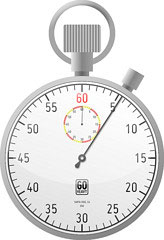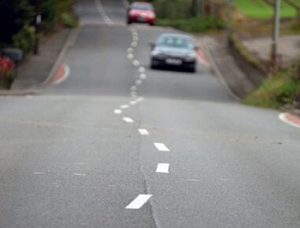
Calculating Sample Size for Task Times (Continuous Method)
We already saw how a manageable sample of users can provide meaningful data for discrete-binary data like task completion. With continuous data like task times, the sample size can be even smaller. The continuous calculation is a bit more complicated and involves somewhat of a Catch-22. Most want to determine the sample size ahead of

